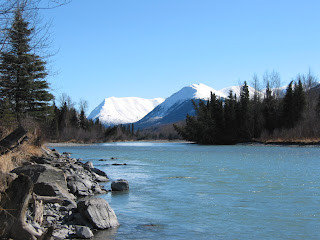
From the Courthouse News Service:
(CN) - Two rainwater collectors in an Arizona desert refuge built to help an ailing bighorn sheep population may have to be dismantled, the 9th Circuit ruled Tuesday. The federal appeals panel in San Francisco revived a lawsuit brought by several environmental groups against the United States Fish and Wildlife Service, which in 2007 built the Yaqui and McPherson water structures in the Kofa National Wildlife Refuge and Wilderness, a 600,000-acre desert refuge.
Wilderness Watch, the Arizona Wilderness Coalition and three other groups say the 13,000-gallon tanks violate the federal Wilderness Act, which prohibits, with a few exceptions, the building of structures in a designated wilderness area. The groups claimed in a lawsuit filed just after the collectors were built that the agency had failed to meet the requirements for an exception.
Congress designated most of the Kofa Wildlife Refuge as a wilderness area in 1990, while only 18 percent of the land is a wildlife refuge subject to the "arguably less restrictive" federal Wildlife Act, the ruling states.
The area is in a sparsely populated, isolated and extremely rugged corner of the Sonoran Desert in southwestern Arizona, and it has been a recognized haven for bighorn sheep since at least 1939.
The sheep population in the area remained fairly stable at around 700 sheep since the early 1990s, but there was a marked decline in the estimated population in 2003. Three years later, a survey estimated that there were only about 390 sheep in the area - a population loss of 30 percent to 50 percent in about 20 years.
Fish and Wildlife found that the water scarcity, mountain-lion predation, translocation, hunting and disturbances by hikers could have all contributed to the population drop.
Ultimately, it decided to build the two water catchments to more evenly distribute the scant 7 inches of rainfall that falls in the area annually, and to avoid moving Kofa sheep to other areas.
Read full article here: http://www.courthousenews.com/2010/12/21/32787.htm























